Maldives travel tips
Maldives travel tips: In South Asia, blends rich history, diverse landscapes, and cultural heritage, marked by ancient cities, mosques, and deserts.
Divisions 🌎
Maldives travel tips. Here is a list of all the divisions of the Maldives.

Ari Atholhu Dhekunuburi
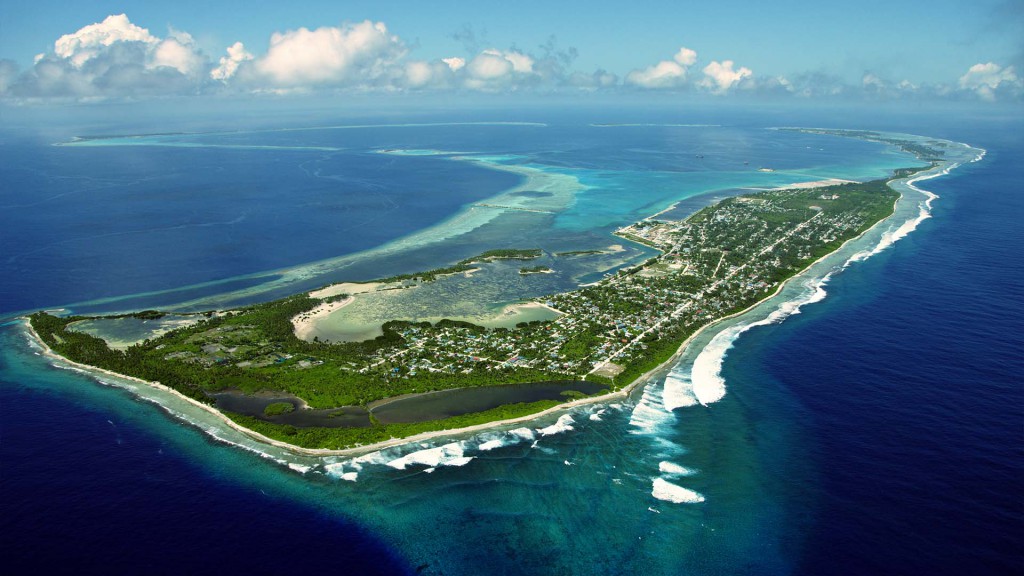
Addu Atholhu City

Ariatholhu Uthuruburi

Faadhippolhu
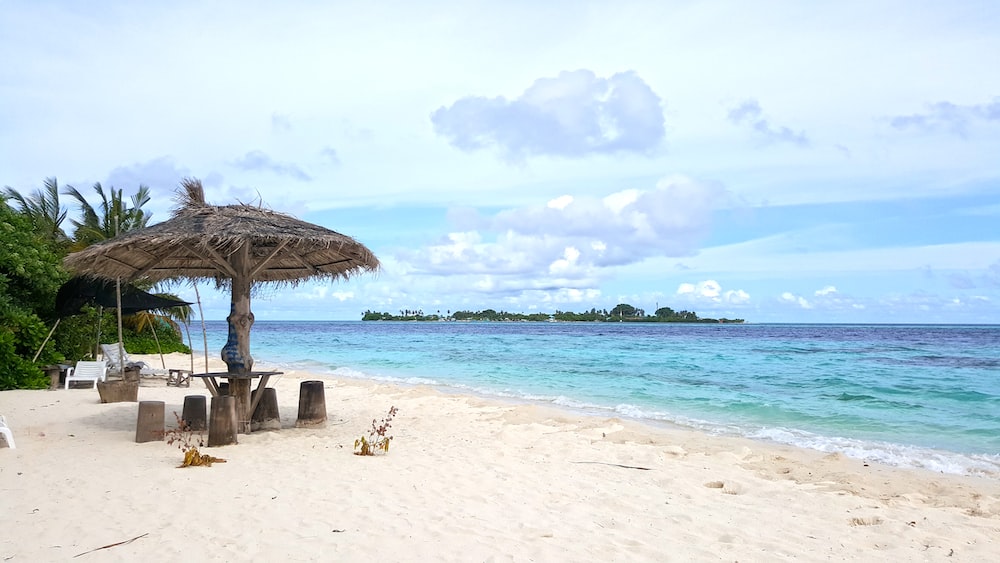
Felidheatholhu
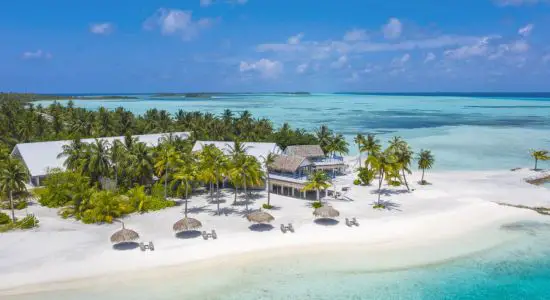
Haddhunmathi
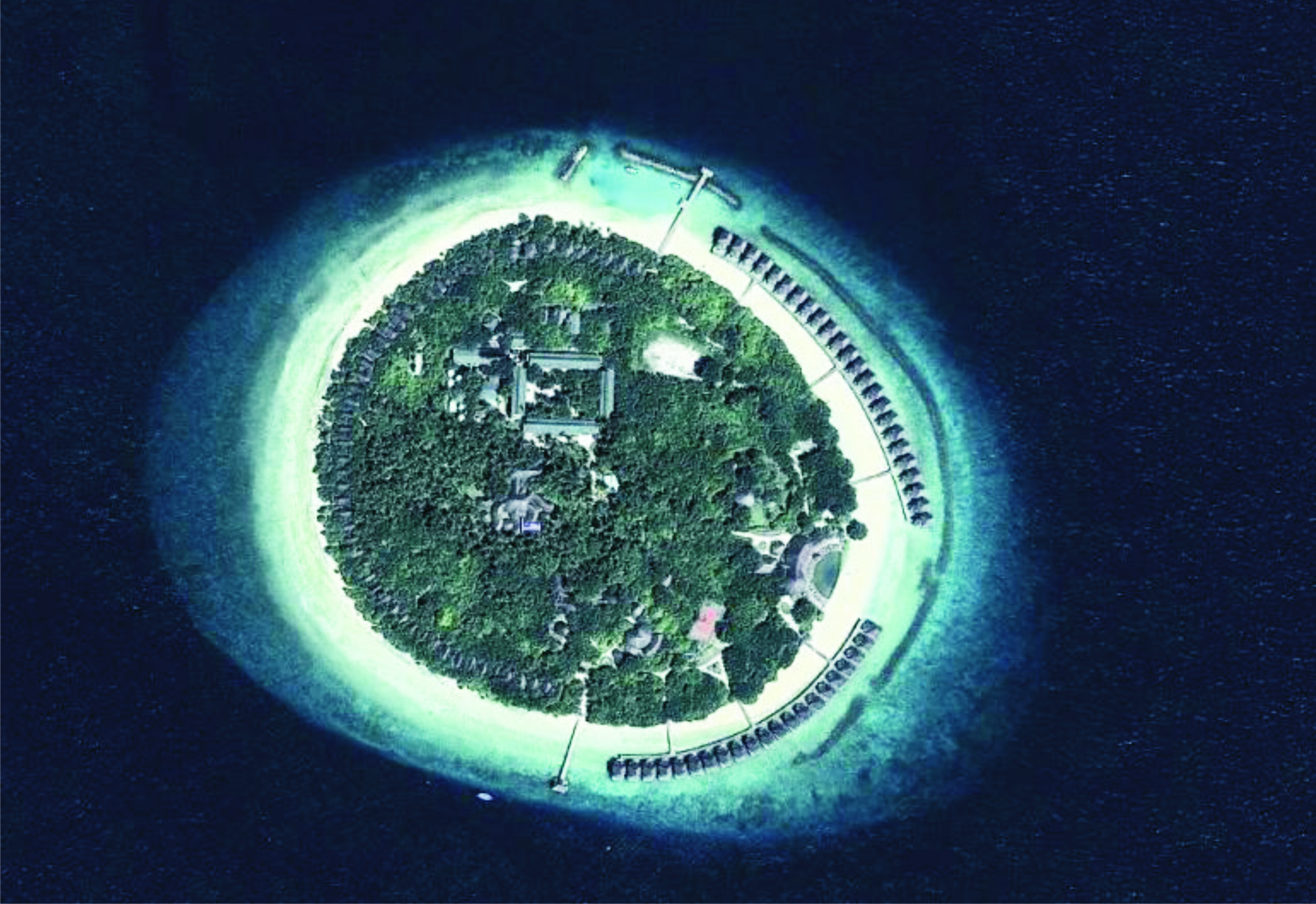
Thiladhunmathee Uthurubur
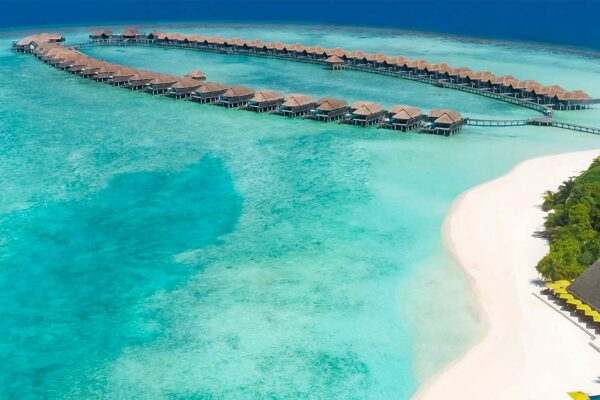
Kolhumadulu
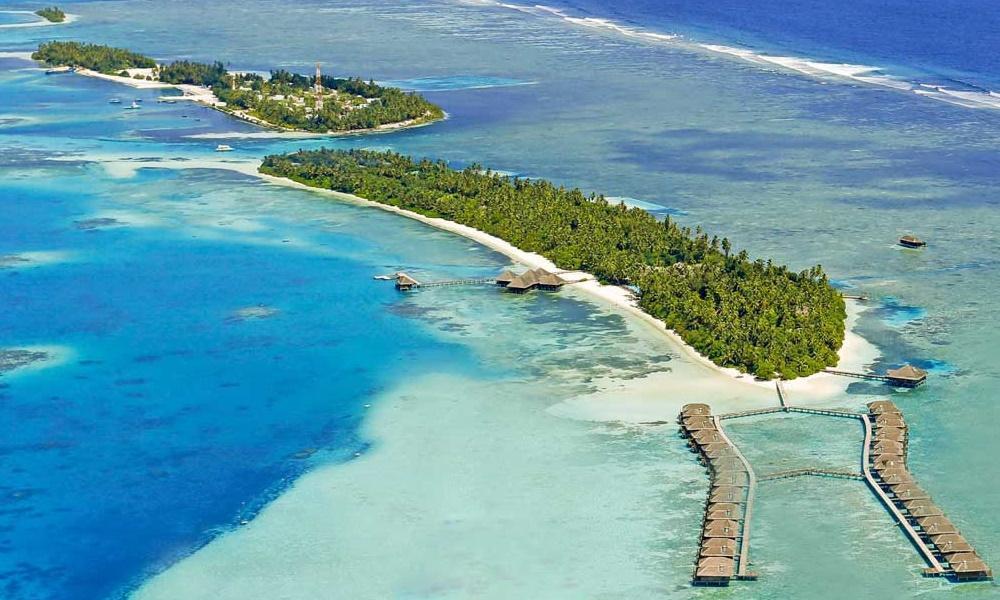
Mulak Atholhu

Maalhosmadulu Uthuruburi
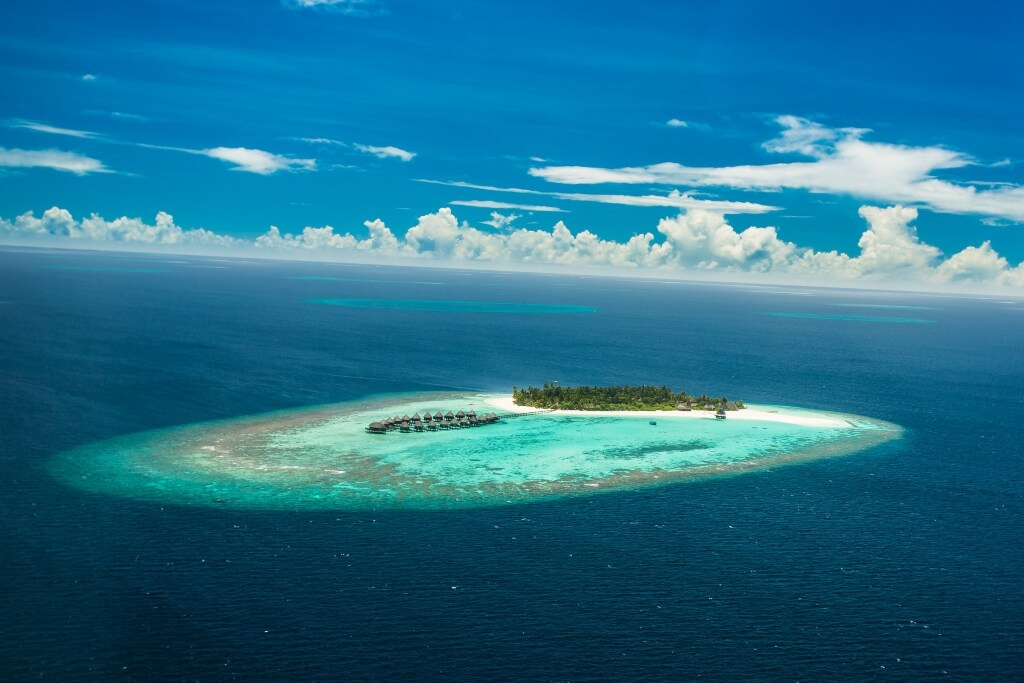
Nilandhe Atholhu Uthurubu
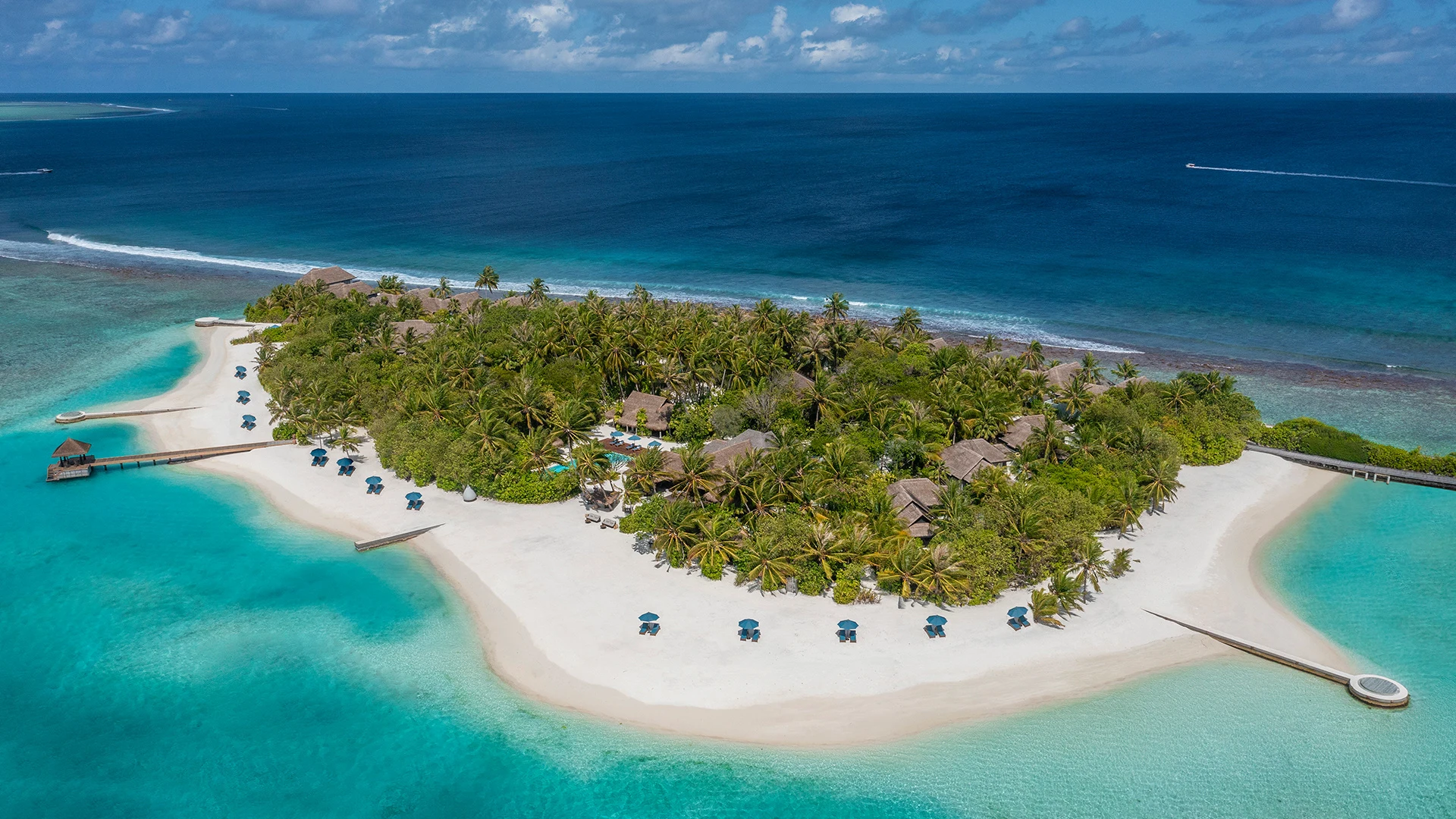
Nilandhe Atholhu Dhekunub
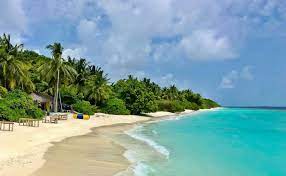
Maalhosmadulu Dhekunuburi

Thiladhunmathee Dhekunubu
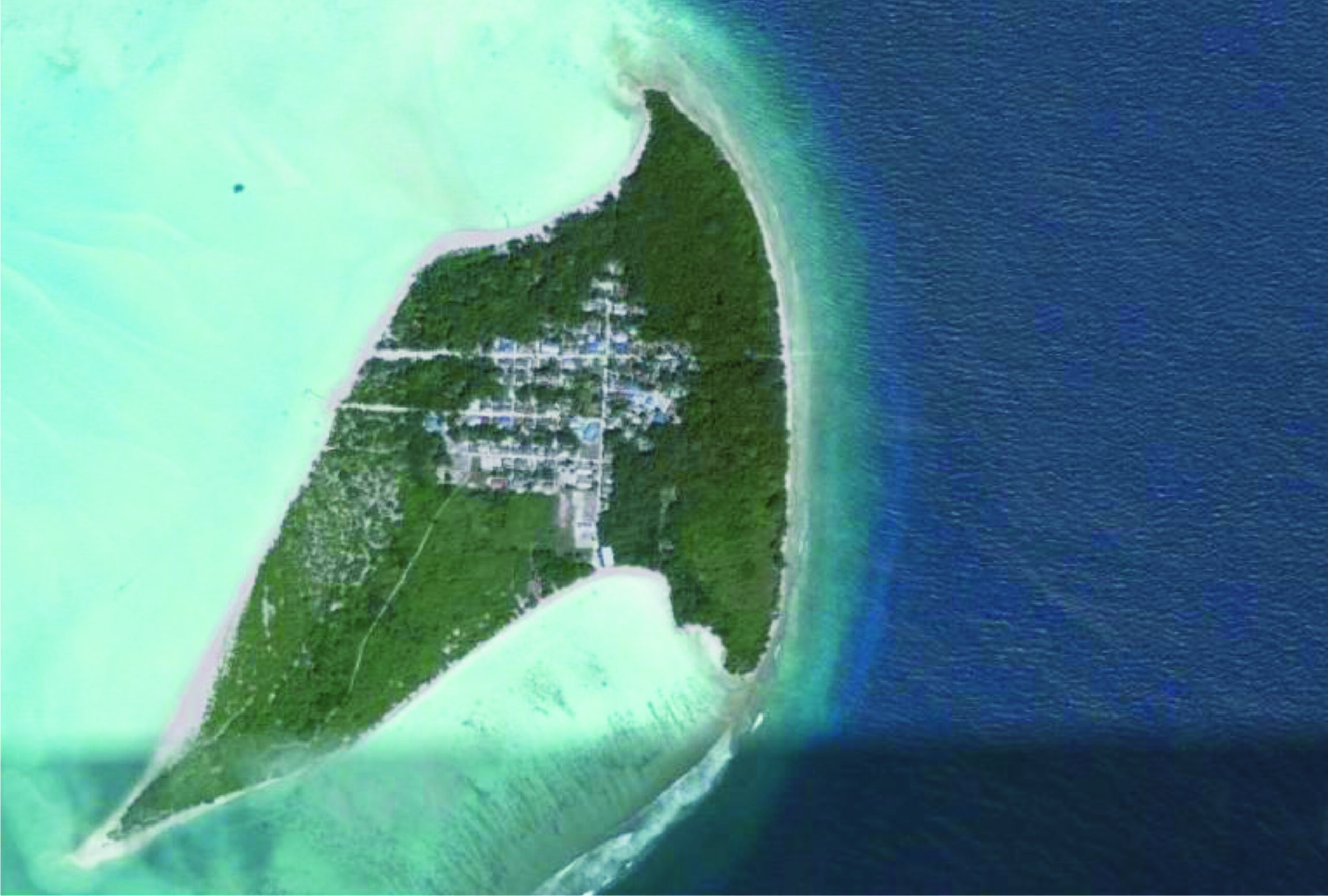
Miladhunmadulu Uthuruburi
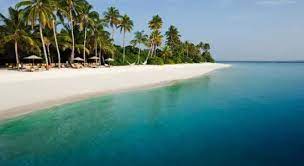
Miladhunmadulu Dhekunubur

Maaleatholhu
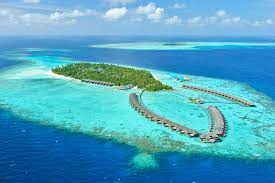
Huvadhu Atholhu Uthurubur

Huvadhu Atholhu Dhekunubu

Fuvahmulah
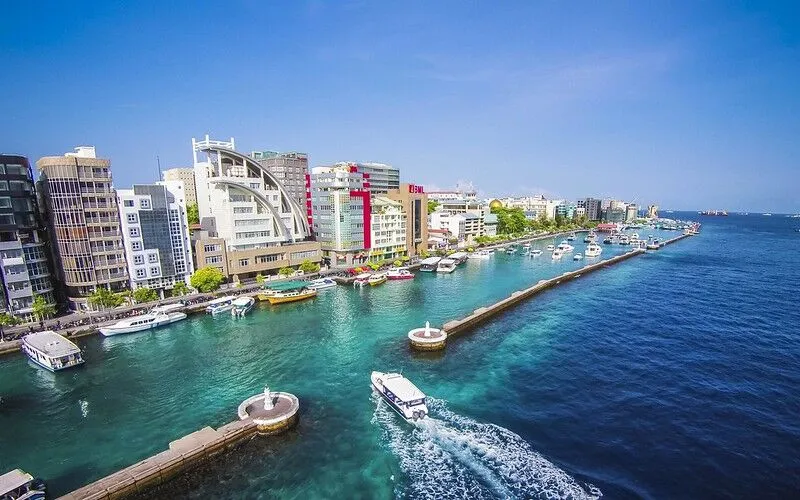
Maale
Before you go 🛩
Important information you should know before your trip
Info
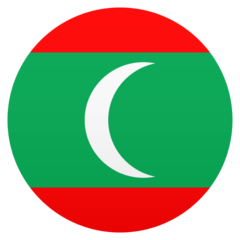
Capital | Male
Flag Codes:
ISO alpha-2 MV,
ISO alpha-3 MDV
Currency
Badge | Rufiya
CODE | MVR
NUMBER | 462
SYMBOL | .ރ
FRACTION | laari
Mobile Coverage
Dialing Code | +960
SIM Card
Coverage | 3G / 4G / 5G |
Mobile Networks |
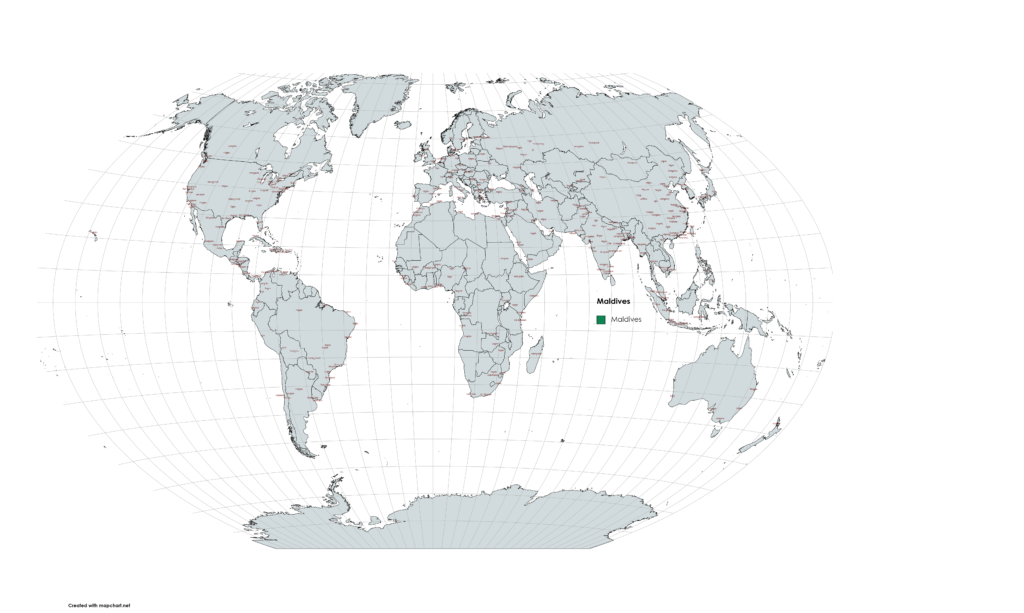
Location
The Maldives is a tropical paradise located in the Indian Ocean, southwest of India and Sri Lanka. It is an archipelago consisting of 26 atolls and hundreds of coral islands. Its geographical coordinates are approximately between 3.2028° N latitude and 73.2207° E longitude. The Maldives is known for its stunning white-sand beaches, crystal-clear blue waters, and vibrant marine life, making it a popular tourist destination.
Currency
The official currency of the Maldives is the Maldivian rufiyaa (MVR), which is divided into 100 laari. Maldivian rufiyaa banknotes have denominations of 5, 10, 20, 50, 100, 500, 1000 and 5000 rufiyaa, while the coins have denominations of 1, 2, 5, 10, 25 and 50 laari.
The United States dollar (USD) is widely accepted in the Maldives and is used in many resorts and tourist places. It is also possible to exchange other foreign currencies, such as the euro or the pound sterling, in banks and exchange offices in the country.
It is important to note that prices in the Maldives can be quite high due to the dependence on tourism, so it is advisable to carry enough cash or credit cards to cover expenses during your stay in the country.
Languages
Divehi, also known as Maldivian, is the official language of the Maldives and is spoken by the majority of the country’s population. Divehi is an Indo-Aryan language that uses a script based on the Thaana alphabet.
In addition to Divehi, other languages are spoken in the Maldives, mainly due to the presence of a large number of migrant workers in the country. Some of these languages include:
Bengali: it is spoken by the Bangladeshi community in the Maldives.
Tamil: is spoken by the Tamil community in Maldives.
Urdu: it is spoken by the Pakistani community in the Maldives.
English: is used as a second language and is spoken by many Maldivians as a result of tourism and globalization.
In general, Divehi is the main and most important language in the Maldives, and is used in education, government administration and the media. However, the presence of other languages in the country reflects its cultural diversity and the influence of migrant workers on Maldivian society.
Climate 🌡
The Maldives has a tropical climate characterized by two distinct seasons: a dry season and a wet season. Here’s an overview of the climate in the Maldives:
Dry Season (Northeast Monsoon): This season typically occurs from December to April. During these months, the weather is relatively dry, with lower humidity and less rainfall. This is considered the high tourist season, as the weather is generally more stable, and the skies are clear. Temperatures are warm, ranging from around 25°C to 31°C (77°F to 88°F).
Wet Season (Southwest Monsoon): The wet season usually spans from May to November. This period brings higher humidity and more rainfall. The wet season doesn’t necessarily mean constant rain, but there can be occasional heavy downpours and thunderstorms. The wet season also coincides with the monsoon winds. Despite the rainfall, the temperatures remain relatively warm, with averages between 26°C and 30°C (79°F to 86°F).
It’s worth noting that the Maldives’ climate is influenced by the Indian Ocean and its monsoon patterns. The southwest monsoon brings moisture-laden winds from the Indian Ocean, resulting in more rain, while the northeast monsoon is drier due to its origin over the Asian landmass.
Maldives travel tips
If you’re planning a trip to Maldives, here are some travel tips to enhance your experience:
Visa Requirements:
Check visa requirements for the Maldives; many visitors receive a free 30-day visa on arrival.
Cultural Sensitivity:
Alcohol is prohibited in non-resort areas; adhere to local customs and laws.
Marine Life Interaction:
Enjoy snorkeling and diving, but practice responsible tourism to protect the vibrant marine life.
Local Etiquette:
Respect local customs; cover up when outside resort areas and ask before taking photos of locals.
Transportation:
In Malé, use taxis or walk; bicycles are popular on smaller islands. View Guide.
Beachwear:
Wear appropriate clothing on local islands; save beachwear for resort areas.
Environmental Responsibility:
Respect the delicate ecosystem; avoid damaging coral reefs and dispose of waste responsibly.
Enjoy your time in Maldives!

The best of the best
Maldivian cuisine is influenced by its location in the Indian Ocean and its reliance on seafood and coconuts. The cuisine is characterized by flavors that are often spicy and rich.

Mas Huni
This is a popular Maldivian breakfast dish made from shredded tuna mixed with grated coconut, chopped onions, and chili peppers.
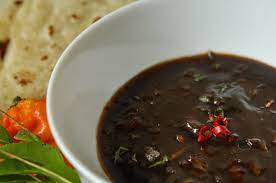
Rihaakuru
Rihaakuru is a thick paste made from boiled fish, usually tuna, and is often mixed with spices and coconut.

Garudhiya
This is a traditional fish broth or soup made by boiling fish with water, salt, and sometimes curry leaves and pandan leaves.
Here are some typical foods you might find in the Maldives:
Fihunu Mas: Fihunu Mas refers to grilled fish, which is a common dish in the Maldives. The fish is marinated with spices and cooked over an open flame or on a grill. It’s often served with rice and accompanying sauces.
Bis Keemiya: This is a Maldivian version of the samosa. It’s a pastry filled with a mixture of tuna, cabbage, and other vegetables. It’s a popular snack or appetizer.
Hedhikaa: Hedhikaa are various types of savory snacks and pastries, often enjoyed with tea. They include items like bajiya (stuffed pastries), keemia (rolls filled with fish or chicken), and gulha (dumplings filled with fish and spices).
Roshi: Roshi is a type of thin, unleavened flatbread that’s commonly eaten with various dishes, especially for breakfast. It’s similar to Indian roti or chapati.
Dhon Riha: Dhon Riha is a flavorful fish curry made with tuna or other fish, cooked with spices, curry leaves, and coconut milk. It’s usually served with rice.
Maldivian Sweets: Maldivian sweets often feature coconut and are often flavored with rose water, cardamom, and other aromatic spices. Some popular sweets include bondi (sweetened coconut and sugar) and huni hakuru folhi (sweetened rice and coconut).
Maldivian Curries: Alongside fish curries, you’ll find various vegetable and lentil curries, often flavored with spices like cumin, fenugreek, and turmeric.
Given its coastal location, seafood plays a central role in Maldivian cuisine. However, due to its tourist-oriented nature, you can also find a variety of international cuisines in resorts and more developed areas.
Transportation 🚥
More information about this country
Choose your destination 📍🗺
Useful Links ✅



